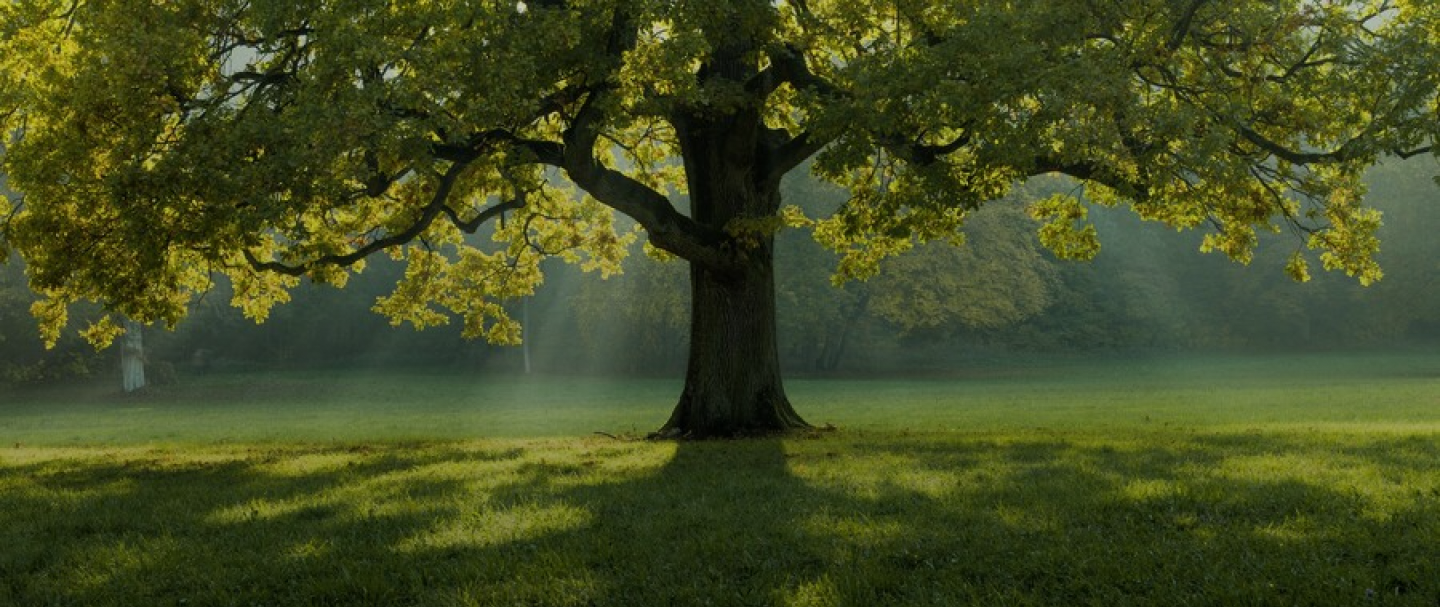
Biography
Life and Legacy of S.N. Goenka
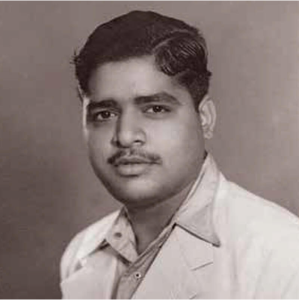
Early Years
Goenkaji’s journey began in 1924 in Mandalay, Myanmar. His grandfather, an honest and spiritually inclined man, had migrated from India seeking fortune. Though a Hindu, he deeply respected the Myanmar people and traditions, which he imparted to his grandson. As a child, Goenkaji often visited the Maha Myat Muni pagoda with his grandfather, developing a profound love for Myanmar.
Excelling academically, Goenkaji topped his high school class but entered the family textile business. During World War II, he led his family to safety in India as the Japanese invaded Myanmar. After the war, they returned to Myanmar, where Goenkaji, now in his 20s, demonstrated exceptional business acumen and became a community leader. Despite his success, he suffered from severe migraines, which were only managed with addictive morphine. He sought medical help in Japan, Europe, and America, but found no relief.
Encounter with Vipassana
A friend suggested Goenkaji visit the International Meditation Centre in Yangon, founded by Sayagyi U Ba Khin, a respected civil servant and lay teacher of Vipassana. Initially, U Ba Khin refused Goenkaji's request to join a 10-day course, as Goenkaji sought relief from migraines rather than mental tension. U Ba Khin emphasized, "Come to relieve your mind of tension and suffering; the physical benefits will automatically follow."
In 1955, after some hesitation, Goenkaji attended his first course. Despite wanting to leave on the second day, he persisted and found profound benefits. He continued to express deep gratitude to U Ba Khin.
Over the years, Goenkaji regularly returned to the center, bringing family and friends. In 1963, after Myanmar's military government nationalized industries, Goenkaji lost much of his fortune. Despite being targeted, he remained calm and encouraged his former employees to work for their country's good, accepting his situation with grace. He expressed his dedication to Myanmar in a verse, wishing to serve his country, whether in life or death.
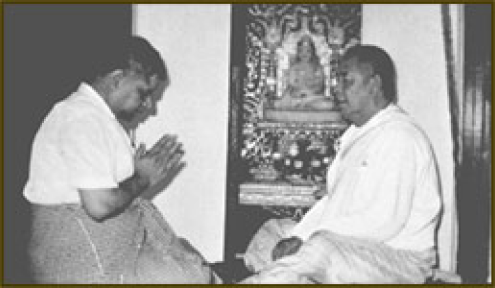
Encounter with Vipassana
Mr. S. N. Goenka with Sayagyi U Ba Khin
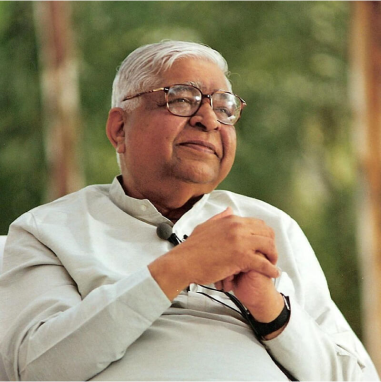
The Golden Years
The threat to Goenkaji's life was eventually dropped, allowing him to enter what he later called his golden years. Free from business obligations, he devoted himself to the Dhamma, the teaching of liberation, under his teacher, Sayagyi U Ba Khin. U Ba Khin aimed to fulfill an ancient prophecy that 2,500 years after the Buddha, the teaching would return to India and spread globally.
In 1969, Goenkaji received permission to travel to India due to his mother's illness. Before his departure, U Ba Khin formally appointed him as a teacher of Vipassana. Goenkaji co-taught two courses with U Ba Khin in Myanmar, training under real-world conditions. Despite challenges, such as noisy environments and basic accommodations, the courses were successful.
During these courses, Goenkaji, guided by U Ba Khin, delivered his first discourses in Hindi, often incorporating stories about Buddha's disciples as prompted by his teacher. This experience marked the beginning of his journey as a Vipassana teacher, with words flowing effortlessly as if turning on a faucet.
Arrival in India
In June 1969, Goenkaji traveled from Yangon to Kolkata, India. Before his departure, Sayagyi U Ba Khin told him, "You are not the one going—I am going, the Dhamma is going!" As a Dhamma emissary, Goenkaji began teaching Vipassana in India, starting with his first course in Mumbai from July 3 to 13, 1969. This course marked the beginning of spreading the Dhamma in India, with students including his parents and others, like a French woman who later invited him to teach in her country.
The courses grew, and Goenkaji traveled across India, often in challenging conditions, to teach Vipassana. Initially teaching in Hindi, he later started conducting courses in English, following a directive from U Ba Khin. The first English course took place in October 1970 in Dalhousie. Goenkaji's teachings attracted many Westerners searching for deeper meaning. Despite cultural differences and appearances, he welcomed all and shared the Dhamma.
Goenkaji's rich, melodious voice became a hallmark of his courses, as he chanted ancient Buddhist compositions and his verses. His presence transformed any venue into a timeless space for exploring inner truth. He was known for his compassionate and joyful interactions during question periods, leaving a lasting impact on his students. At the end of each course, Goenkaji's chanting would resonate with the blessing, "Saba ka Mangal ho—May all be happy," leaving meditators with a profound sense of change.
This is the only Repayment
Goenkaji reported his progress to Sayagyi U Ba Khin, who was delighted, especially when Goenkaji conducted a course for 100 students. While teaching in Bodh Gaya in January 1971, Goenkaji received news of U Ba Khin's passing. Though saddened, he felt his teacher's presence more strongly.
Determined to continue his teacher's mission, Goenkaji traveled across India, spreading Vipassana. He expressed his gratitude through daily chants, vowing to share the Dhamma with all. Despite changing landscapes and faces, Goenkaji remained dedicated to his journey, teaching and serving the people.
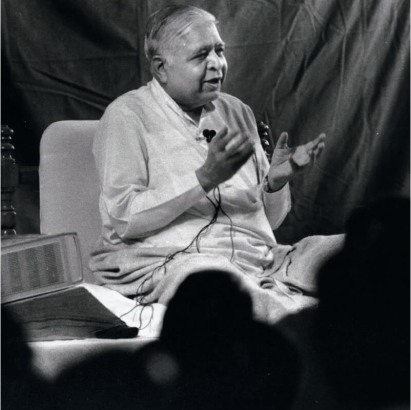
The Hill of Dhamma
In the early years, Vipassana courses were held in temporary locations such as ashrams, churches, and schools. To establish a permanent site, Goenkaji visited Igatpuri in late 1973. Despite a leg injury, he inspected potential sites and chose a hilltop area with old buildings and mango trees, naming it Dhamma Giri, the Hill of Dhamma.
The center began modestly with a few Western meditators who were instructed to "meditate and clean the center." Construction started, and Dhamma Giri officially opened in October 1976, despite financial challenges. Goenkaji and his wife, Mataji, stayed in simple dormitory accommodations until funds were secured. As more donations arrived, Dhamma Giri expanded, including a pagoda similar to one at U Ba Khin’s center in Yangon. The pagoda opened in early 1979, attended by prominent figures from the Vipassana community. Soon after, Goenkaji was invited to teach in the West, marking a significant expansion of Vipassana teachings beyond India.
From India to the World
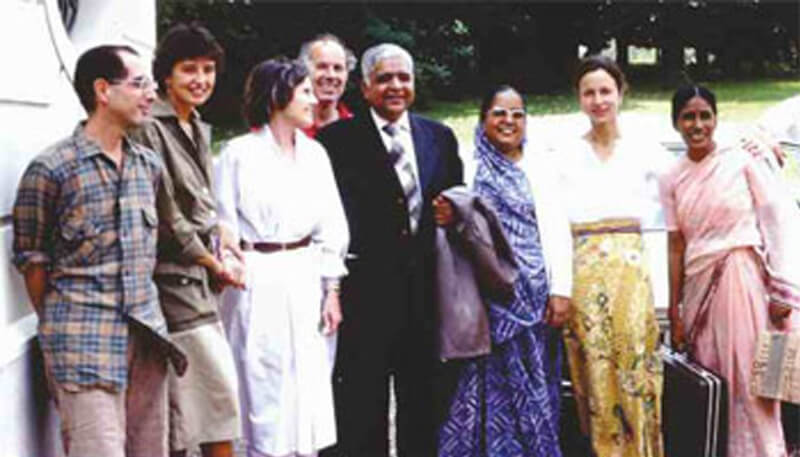
Goenkaji felt it was time to fulfill the prophecy that the Dhamma would spread from India around the world. However, his Myanmar passport only allowed travel to India, so he reluctantly applied for Indian citizenship and a new passport. The process faced delays and scrutiny, but he eventually succeeded.
Almost exactly ten years after arriving in India, Goenkaji and Mataji flew to Paris, marking the start of his international teaching journey. He conducted courses in France, Canada, and the UK, attracting both old and new students. Over the next two decades, Goenkaji traveled extensively, visiting Europe, North America, Japan, Taiwan, Australia, New Zealand, Sri Lanka, Thailand, and even returning to Myanmar in 1990. In these countries, new centers were established to teach Vipassana as Goenkaji had learned and taught it.
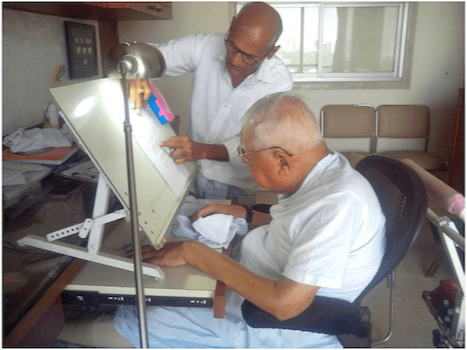
Last Years of Goenka Ji
In the final years of his life, Goenkaji's health declined, confining him to a wheelchair and weakening his once strong voice. Despite this, he continued teaching Dhamma as best he could. As his fame grew, some people began treating him like a traditional Indian guru, a role he rejected. He insisted he was just an average person and preferred the title kalyana-mitta, meaning "friend for one's own welfare."
Goenkaji discouraged idolization; he did not allow his photograph to be displayed in public places at Vipassana centers. When asked about enlightenment, he humbly acknowledged only his efforts to free himself from negative emotions. He always redirected gratitude towards Dhamma and encouraged self-thankfulness for personal effort.
In 2010, Goenkaji emphasized U Ba Khin's importance over his own, underscoring his teacher's role in spreading the Dhamma. For those who knew him, Goenkaji was a living embodiment of the Dhamma's qualities: wisdom, humility, compassion, selflessness, and equanimity. His gentle presence and the sweet sound of his chanting will long be remembered, especially as he would leave the hall, softly chanting, "May all be happy ... be happy ... be happy."